What is Sizewell C and what does it mean for Suffolk?
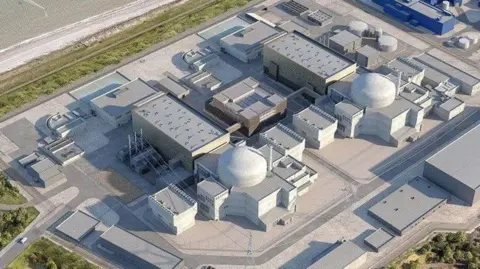 Sizewell C
Sizewell CPlans for the Sizewell C nuclear power station have taken a step closer to the final go-ahead after the government announced significant funding. But what exactly is Sizewell C and what are the arguments for and against it?
What is Sizewell C and where will it be built?
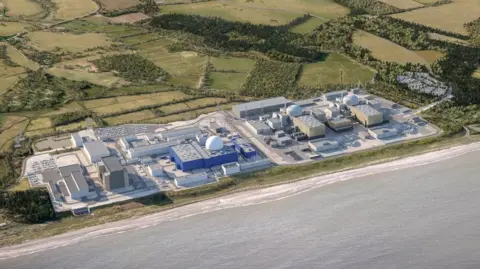 Sizewell C
Sizewell CFrench energy company EDF wants to build a new two-reactor nuclear power station on the east Suffolk coastline that could generate 3.2 gigawatts of electricity.
It claims Sizewell C could power the equivalent of about six million homes and will generate electricity for 60 years.
The power station will sit right next to Sizewell B, which has been operating since 1995, just off Sizewell beach, close to the town of Leiston.
The decommissioned Sizewell A site, which first opened at the same site in 1967, stopped generating electricity in 2006.
What is nuclear and is it safe?
To generate nuclear power in non-military reactors, uranium atoms are bombarded by much smaller neutron particles.
This causes the atoms to break down in a process called nuclear fission, which releases huge amounts of energy as heat.
The heat is used to boil water, producing steam, which drives turbines and generates electricity.
According to the International Atomic Energy Agency, the plants are among the "safest and most secure facilities in the world" and are subject to strict international safety standards.
When was Sizewell C first proposed?
In 2008, the then Labour prime minister, Gordon Brown, said the UK needed to increase its nuclear power capacity.
Two years later during the coalition government between the Conservatives and Liberal Democrats, Sizewell was identified as a site suitable for a new power station.
In November 2012, EDF launched its first public consultation to get the feedback of local people ahead of any formal planning application.
Three other public consultations were held, with the final one finishing in September 2019.
Sizewell C said more than 10,000 East Suffolk residents had been involved in the consultations.
Does Sizewell C have planning permission?
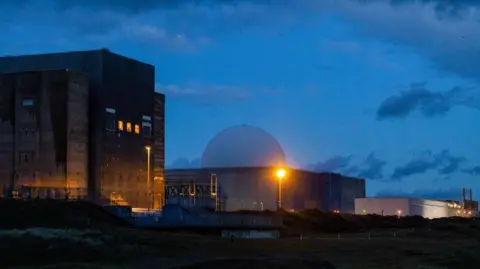 Getty Images
Getty ImagesIn May 2020, EDF submitted an application for a development consent order to build the power station.
This is a legal document that grants permission for large-scale and nationally significant projects in England and Wales.
This was granted by the government in July 2022 despite the Examining Authority recommending it was not approved over water supply and nature concerns.
The site has also had its nuclear licence granted too in May 2024.
While both these have been given, there were still questions over how it would be funded.
How much will Sizewell C cost and how much money has already been given?
The power station was previously estimated to cost about £20bn, according to EDF in 2020.
Earlier in 2025, EDF rejected claims from some energy industry experts that the project would cost £40bn, but did accept its new, similar, nuclear plant being built at Hinkley Point in Somerset would cost more than that figure.
EDF has said a new plant at Sizewell would benefit from cost savings based on its experience of building Hinkley C.
Speaking to the BBC in June 2025, the joint managing director of Sizewell C, Julia Pyke, again rejected the £40bn figure, but would not confirm a total construction cost.
"We're extremely transparent with the government on cost and we're going to talk about it with the public and with the media very shortly when we reach the final investment decision date [later in the summer]," she said.
"But at the moment the government remains in a commercial and competitive process with the incoming investors."
The government confirmed a total of £3.6bn worth of investment had been put into the project so far, prior to the new £14.2bn announcement.
This included some funding from a subsidy scheme called Devex.
What does news of the £14.2bn investment mean?
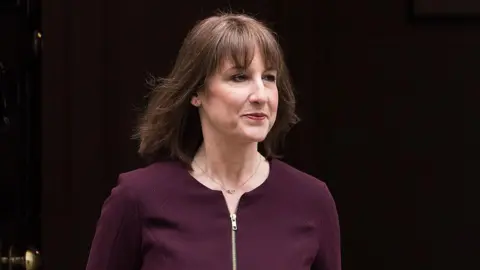 Getty Images
Getty ImagesThe government said it would now be investing £14.2bn to build Sizewell C - this figure included £2.7bn announced in November last year, a spokesperson for the Department for Energy Security confirmed.
It means £17.8bn has been invested in the project in total.
However the government said a final decision on the funding model was due later this summer as the project was still in need of private investors.
Ministers and EDF previously said there had been plenty of potential investors coming forward and an agreement was close to being finalised.
What is the argument for Sizewell C?
No new nuclear power plant has opened in the UK since 1995 when Sizewell B began operating.
According to the government, all existing nuclear stations with the exception of Sizewell B, are likely to be phased out by the early 2030s.
The government has previously said it was on a "mission" to deliver clean power by 2030 and reach its net zero target.
Nuclear power stations do not produce greenhouse gases like carbon dioxide or methane while in operation and therefore it could be key to help with this goal.
The government also said this "clean, homegrown power" could play a part in building economic growth, improve its energy security and reduce the country's dependency on fossil fuels.
Another key argument around the project is the jobs it could create for the surrounding areas.
While in construction, the project could employ up to 10,000 people and once in operation there will be 900 people employed at Sizewell C.
What do campaigners say?
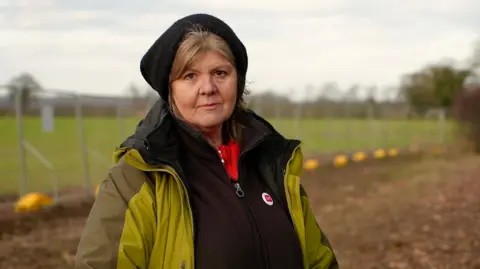 Martin Giles/BBC
Martin Giles/BBCThere has been strong opposition against Sizewell C since it was announced.
Campaign groups Stop Sizewell C and Together Against Sizewell C both fear the plant could have negative effects across a range of different areas.
Both have significant worries over the environmental impact and the Royal Society for the Protection of Birds has similarly protested in the past over this fear.
Sizewell C has argued it has worked to protect the wildlife around the site by rehoming displaced animals in new nature reserves it has created.
The campaign groups also argue the project is "too slow" to combat climate change and is too expensive.
Alison Downes, director of Stop Sizewell C, said the government would come to "regret" its most recent investment announcement and felt the money could be spent elsewhere.
When could Sizewell C be operational?
If the final investment decision on the funding model this summer goes ahead without issue, Sizewell C could be operational by the 2030s.
Sizewell C also recently announced plans to open a post-16 college in Leiston which it hoped would help train up its future workforce.
Clarification 11 June 2025: This article previously said that the power station was expected to cost £20bn. This was updated to make clear that this figure comes from a previous EDF estimate from 2020.
Follow Suffolk news on BBC Sounds, Facebook, Instagram and X.
